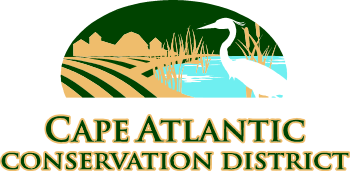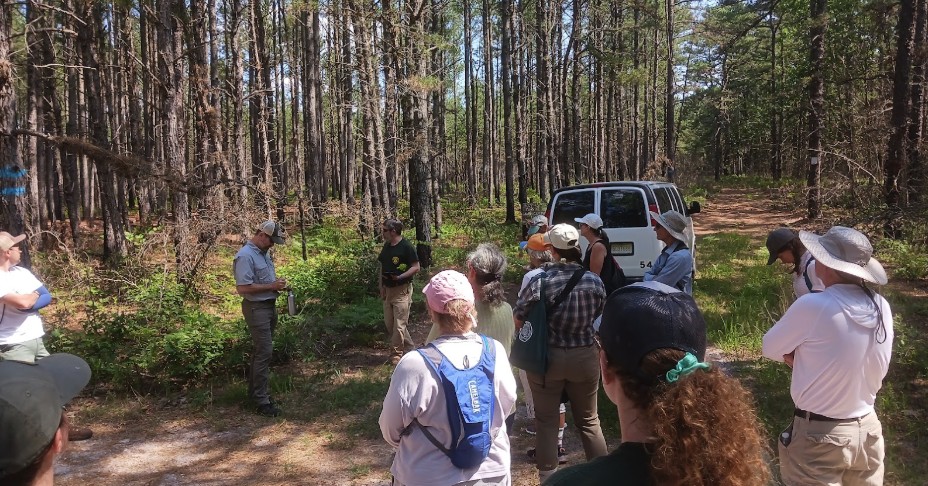
What do you think of when someone mentions forestry? You might think of a “forest ranger”, or of logging and clear cuts of forests. In fact, the forester is part manager, part scientist, and part businessperson, but all conservationist.
Forestry is the sustainable management of natural resources for that resource’s continued use by society. That use may be for recreation, clean water, wildlife habitat, foraging or timber – each use places a strain on the natural environment to varying degrees, that can be mitigated through proactive management.
It is up to the forester to measure the natural resources, set a benchmark, then make a plan or prescription to improve the forest for the future.
There are two major Types of forestry
- traditional forestry that is applied to blocks of forested lands
- urban forestry applied to street trees, parks and trees that benefit a community.
The Cape Atlantic Conservation District provides forestry professionals for community forestry assessment as well as public and private woodland management. Request A Consultation >
Forestry and the Conservation District
Why would a conservation district participate in forestry? The answer is in the soils. Soil is a biogeochemical membrane, a fundamental resource, and one that can be damaged and/or destroyed through mismanagement. It all starts with soils, including the forest itself.
Plants and trees grow in the soil forming plant communities such as forests, grasslands, marshes and wetlands. As people evolved, we started to utilize the natural resources as tools, commodities, food, shelter, etc.
There were no major issues with the utilization of resources until society started to industrialize and use the resources at a larger scale. The misuse and abuse of soil can have dramatic and devastating results. This also applies to other natural resources, such as water, woody resources as well as the wildlife in the landscape.
We recognized these issues primarily in the 19th century when the concept of forestry was born in Europe. The depletion of forests to build homes, provide fuel, build ships, and over hunting, lead to noticeable declines in nature’s resources. Thus, forestry was born to conserve resources and use them wisely.
Forestry Workshops & Events
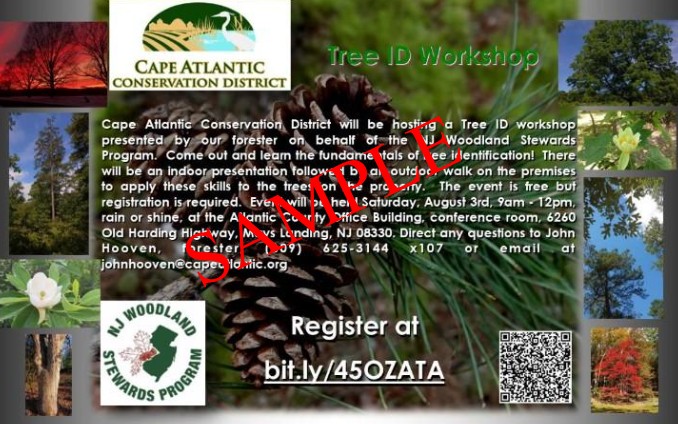
Urban forestry is related to landscaping and landscape architecture
The first time someone decided to move a tree to protect, beautify or perhaps hide a cave dwelling, urban forestry was born. There are some overlying similar concepts, but the urban forester, while looking at street trees, also looks at these trees collectively as their components in the neighborhood. The trees around the neighborhood and community, collectively, are a forest.
Some of the traits in urban forestry are less subtle versus traditional forestry; a park can have a woodland block that is effectively, a forest. But when that forest is surrounded by urban development, that is where the similarity ends.
The use of trees and forests in an urban environment can be starkly different from that of the suburban or rural environment. While the trees do still provide resources to people and animals that lived in those urban environments, the trees and forests are also under much more stress in their environment than the trees in a woodland forest.
Soil is the basis for conservation
It makes sense that we would conserve our forests as a means of conserving the soil beneath. Muddy rivers, erosion, landslides, along with stripped and barren landscapes were common sights before society realized the impacts of resource extraction without regulations and laws.
Today, we follow rules and regulations in the form of best management practices with the goal of protecting the soil, waters and natural resources. Conservation was born from tragedy, but today we celebrate conservation with the sustainable use of natural resources. Thus, good forestry is good for the soil.
Urban and Community Forestry
A street tree, a small park, or a larger parcel of trees next to a park, the trees make the developed urban world livable. Trees are beautiful, they break the monotony of the urban landscape, soften the hardness of the streets, sidewalks and buildings while living, breathing and growing.
Trees provide a microclimate of relief in summer sun, color in the fall, visual interest during the dormant winter, and bloom in spring. The urban tree faces much harsher stress than trees in the forests.
Urban forestry deals with the issues of trees in a community’s landscape, dealing with the planning, planting, care and removal of trees. This applies more to just visual interest and aesthetic value; urban foresters also check the health of trees to care, correct and remove hazards before they become a liability.
New Jersey communities benefit from having a Community Forestry Plan (CFP)
A good CFP assesses the community’s tree inventory in public areas. This enables planning of additional tree planning and green space development so these projects can be placed in the areas with highest need. Trees can be recorded and assessed for their vigor and resilience.
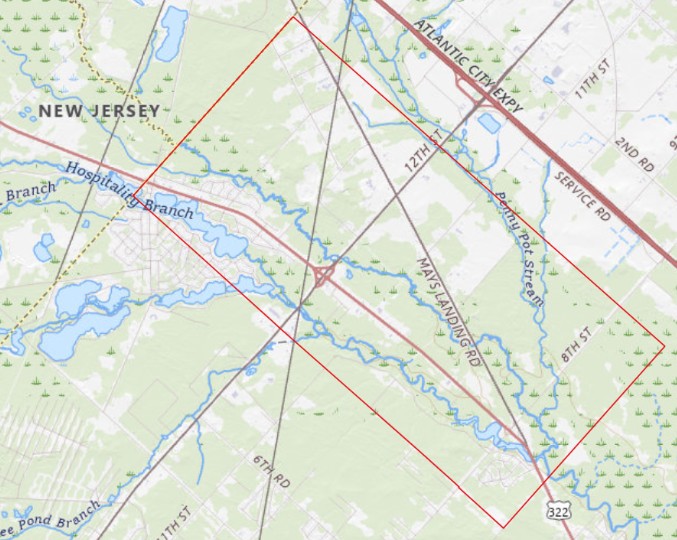
Having a CFP in place can keep a community ahead of potential liability by identifying trees that may need maintenance, attention or removal.
Do you know how much carbon your community’s trees are storing? During the drafting of a CFP, the amount of carbon your community’s trees are storing are measured using inventory and analysis. Other benefits of the tree and cost replacement values can also be assessed.
Wildfires are a threat to natural areas in central and southern New Jersey
The threat increases dramatically with a forest tract that is not managed. Forests are areas where trees grow, where wildlife have habitat, where leaf litter accumulates, and where trees die.
All forests have what ecologists call a “carrying capacity”. The carrying capacity of a system is the limit of the number of biological subjects that can live in the system. When the trees in a forest reach carrying capacity, the trees that struggle to survive die. This can lead to the increase in fuel load for forest wildfires along with an overgrowth of understory materials and leaf litter.
Cape Atlantic Conservation District can write both CFPs and traditional forestry plans to help mitigate these wildfire risks and other risks associated with unmanaged forests. Get Help With Your Forest >
Forest Management Planning Service To Reduce Tax Liability
Unchecked use of our natural resources can lead to exploitation and degradation. The type of use, be it for recreation, wildlife, watershed protection or timber harvesting, is irrelevant. We use all forestlands to a degree. While a simple hiking trail through the forest would seem benign, as the number of hikers increases, the forest is affected. Management of the forests ensures that the forest resource are available for current and future uses.
CACD offers forest management planning to public and private woodland owners. Private woodland owners with over 5 acres of woodlands can apply for programs to reduce tax liability on their land.
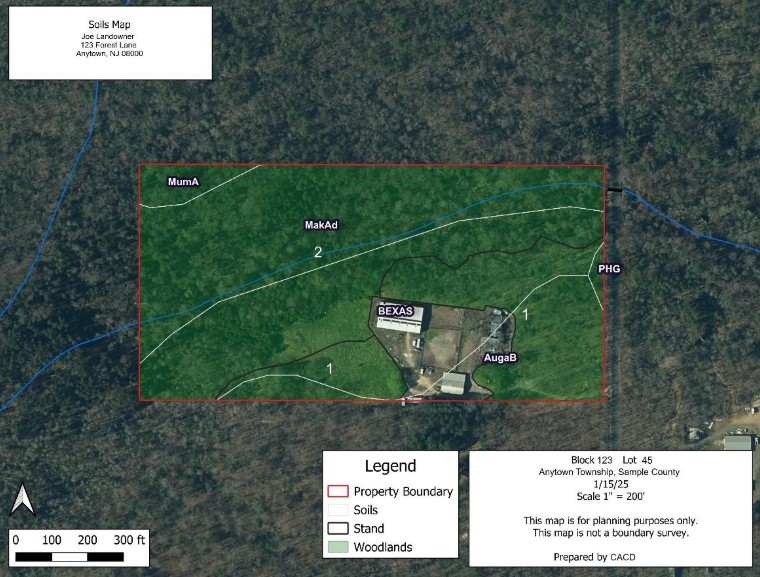
Both Forest Stewardship Plans and Woodland Management Plans can qualify for Farmland Assessment.
The woodland owner can discuss with the forester their objectives for managing the forest, in addition to the tax savings. Those objectives might be for fish/wildlife, clean water/healthy soils, natural heritage, recreation, and/or forest products, the forester will write a plan for you to manage your woodlands towards your objectives.
Did you know that the US Department of Agriculture, Natural Resources Conservation Service (NRCS), has programs and funding available to assist you with your management objectives? The process starts with a forest management plan, which are required in most cases.
CACD can assist with providing a forest management plan and also guiding you on programs available to help assist you with your management objectives.
